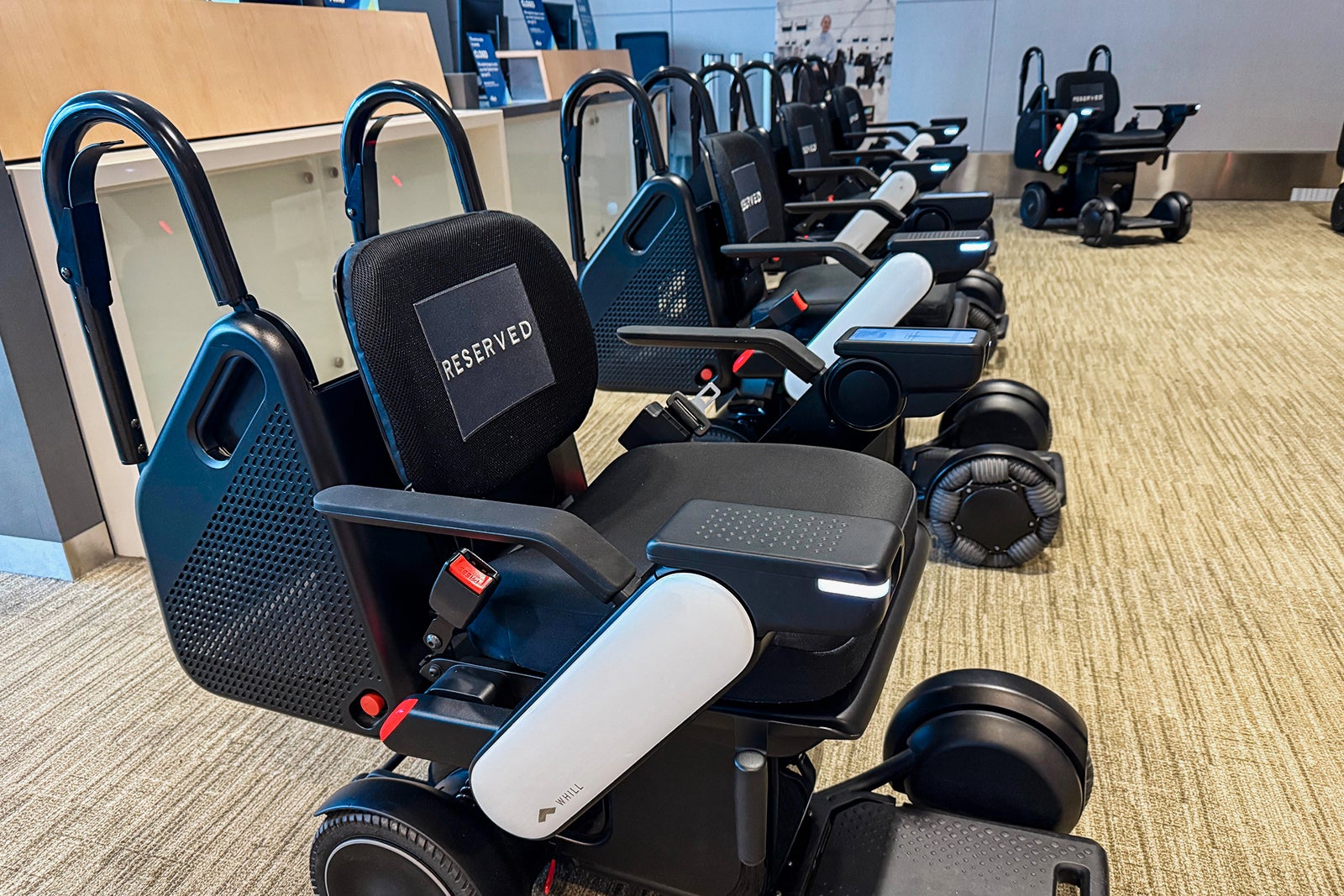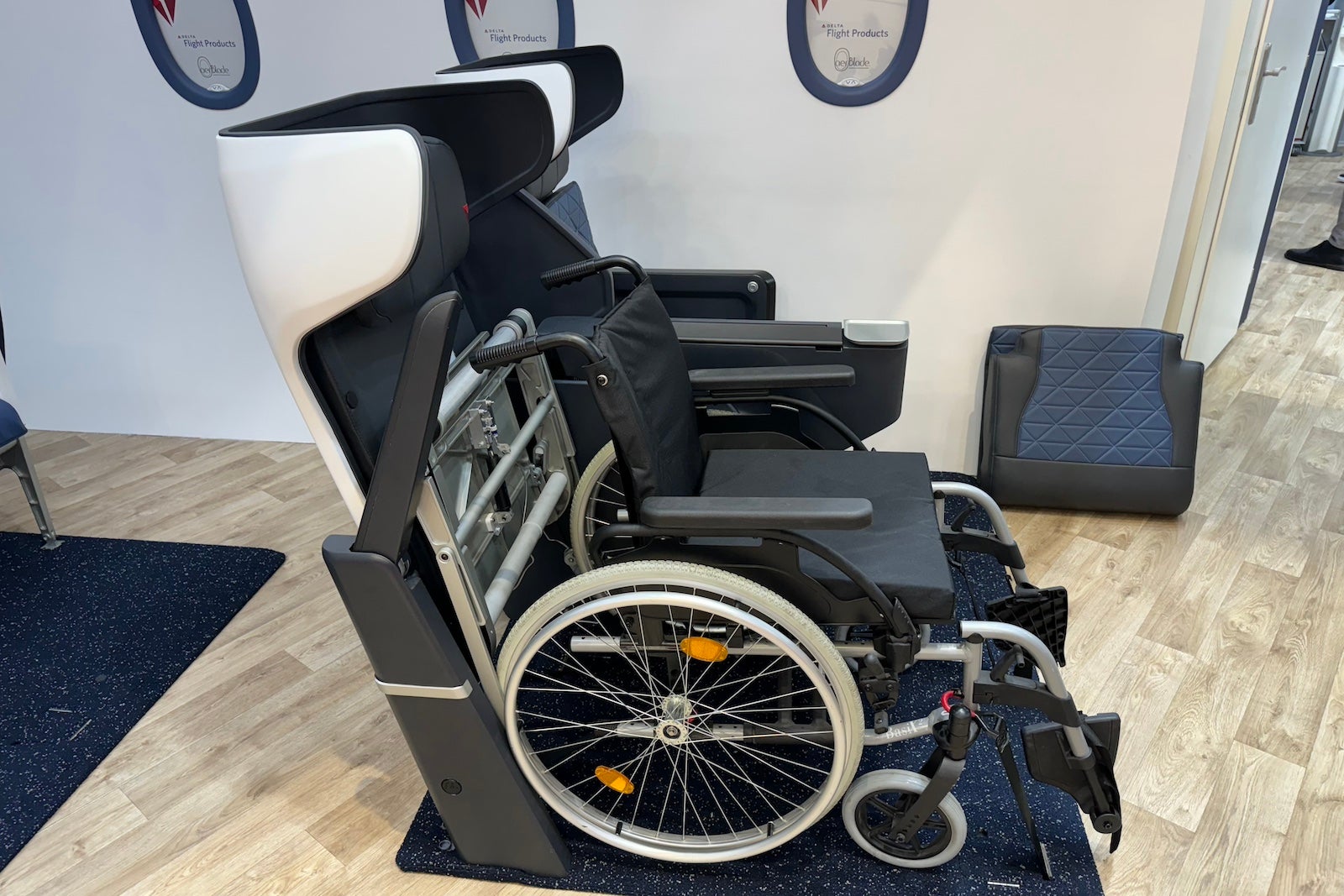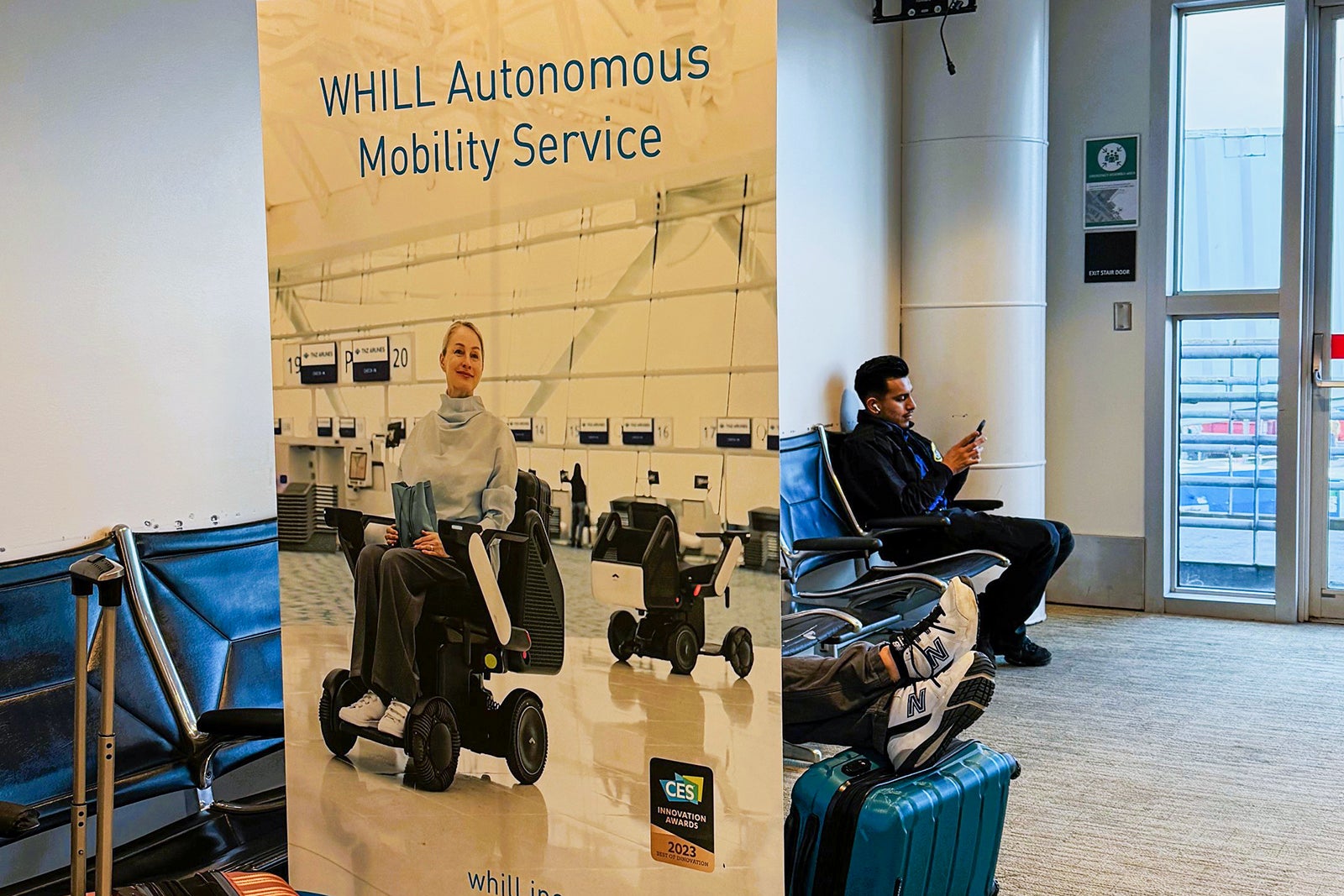

Over the past two years, 25.6 million travelers with disabilities have taken a total of 76.9 million trips and spent nearly $50 billion on travel annually. When their fellow travelers are added to the equation, this group spends more than $100 billion a year on travel.
This data comes from a 2024 market study by the Organization of open doorsa Chicago-based group that advocates for accessible goods and services.
Despite all that travel and expense, the ODO study found that in the past two years, more than 80% of travelers with disabilities have encountered obstacles when dealing with airlines and airports.
Problems include difficulty navigating narrow airplane aisles, problems hearing announcements, long distances between gates, difficulty navigating terminals, and lack of adequate seating areas.
And that doesn’t even address the shocking statistics of how often airlines lose or damage medical equipment and wheelchairs.
It wasn’t until December 2018 that the U.S. Department of Transportation began requiring airlines to report the total number of scooters and wheelchairs boarded, as well as the total number of scooters and wheelchairs mishandled.
Now, DOT data shows that for every 100 wheelchairs or scooters transported on domestic flights, at least one is damaged, delayed or lost.
In October 2024, the DOT announced $50 million fine on American Airlines for mishandling thousands of wheelchairs and failing to offer immediate wheelchair assistance, along with several other “serious violations” documented between 2019 and 2023.
“These issues are not unique to American Airlines,” the DOT said in a statement. It noted that it currently has “active investigations” into similar violations at other U.S. airlines.

Daily newsletter
Reward your inbox with TPG’s daily newsletter
Join over 700,000 readers to receive breaking news, in-depth guides, and exclusive offers from TPG experts.
Marcela Marañón, a Dallas-based travel creator, accessibility advocate, and wheelchair user, who documents her trips as the The journey of a brave woman — knows many of the documented problems of travelers who use wheelchairs.
“Airline wheelchair assistance staff and even some flight attendants are not adequately trained to handle people with disabilities,” he said. “And most airplane cabins are not designed with wheelchair accessibility in mind. Aisles are narrow, bathrooms are difficult to access, and travelers must be moved to a chair in the aisle to board and disembark. , which can be risky and uncomfortable.
federal changes
New federal regulations, evolving airline programs, and innovative technology can provide improvements. So far this year, federal rules have been set to go into effect that offer New protections for air travelers who use wheelchairs.although it remains to be seen if the government continues this push under the incoming Trump administration.
This change establishes assistance standards and requires hands-on training for airline employees, as well as any contractors who physically assist passengers with disabilities and operate passengers’ wheelchairs.
For example, the rule requires airlines to provide “prompt assistance for boarding, disembarking and connecting” and return all checked wheelchairs and other assistive devices to passengers “in the condition in which they were received.”
Airlines must also notify passengers, before disembarking, if their wheelchair or scooter has been unloaded from the cargo compartment; They must provide appropriate loaner equipment if a wheelchair or scooter is mishandled.
Airport and airline specific changes
Airlines and airports alone have made progress in providing services to passengers with a wide range of disabilities.
Fort Wayne International Airport (FWA) In Indiana it is working to become the most accessible airport. It incorporates universally “rolled” curbs to floor-level luggage scales, armless sofas to better accommodate travelers with mobility issues, and a tactile reed path with grooved tiles that runs from check-in counters through check-in. security, even the doors.
In France and 20 other countries, Air France offers a “tailor-made” program called Sapphire to provide assistance to travelers with disabilities.
In 2023, United Airlines became the first airline to add Braille markings in airplane rows and inside bathrooms. All major fleet should have Braille signage by 2026.
More than three dozen domestic airports offer sensory rooms where neurodivergent travelers and their families will find furniture, interactive activities and, in some cases, real seats in an airplane cabin that can help alleviate pre-flight anxiety.
And the list continues to grow. George Bush Intercontinental Airport (IAH) in Houston opened its second sensory area in early November 2024, and San Francisco International Airport (SFO) It opened its first sensory room in mid-December.
Airports are also adding hearing loops that allow hearing-impaired travelers to connect their hearing aids to the airport public address system. This helps them better hear announcements of gate changes, boarding, and other flight information.
Many airports also offer access to air – an app that provides people who are blind or have low vision with a live visual interpreter to help them navigate their environment, for free.
Delta Air Lines’ flight products division is working on a seat prototype which will allow passengers to use their own wheelchairs on a plane.
American Airlines and its subsidiary Envoy Air are currently offering travelers the use of autonomous, driverless wheelchairs since hill at a growing list of domestic and international airports; the list includes Tokyo’s Haneda Airport (HND) and Narita International Airport (NRT), Miami International Airport (MIA), and Los Angeles International Airport (LAX).
Amsterdam Schiphol Airport (AMS) is currently testing the wheelchairs and Seattle-Tacoma International Airport (SEA) is using them to complement Alaska Airlines’ traditional non-motorized “push” wheelchair service.
Since August, more than 4,200 passengers at SEA have used autonomous wheelchairs, which return to base on their own after delivering passengers to their gates.
Marañón said these and other programs offered by airlines and airports show progress, but “many aspects of air travel remain problematic for people with disabilities.”
He noted that Delta Air Lines has improved its staff training in handling mobility equipment and that many airports have made “commendable” progress in addressing accessibility needs. Still, he would like to see airlines and airports better address ongoing damage to mobility devices, staff training, aircraft design, policies for service animals “and much more.”
Globally, the accessibility of air travel is also receiving attention. It was recently the topic of a symposium held by the International Civil Aviation Organization, the Airports Council International and the International Air Transport Association.
“It is no secret that accessibility poses challenges for a significant number of our passengers with disabilities,” IATA Director General Willie Walsh said in a statement. “The goal is to link disparate approaches into a practical overall outcome that delivers results to travelers without disappointment.”
Related reading:


